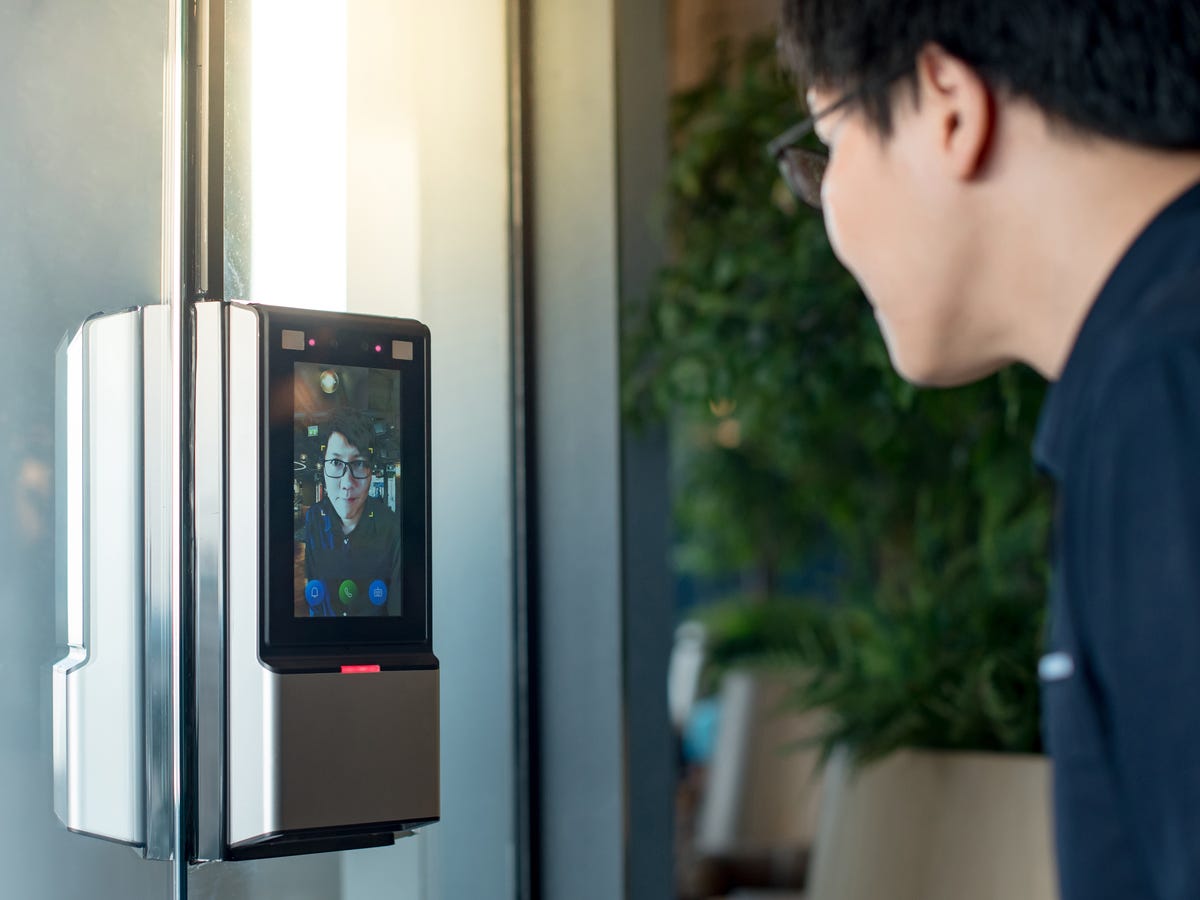
Revolutionizing Surveillance: The Power of Facial Recognition Cameras
In the realm of security technology, facial recognition cameras have emerged as a groundbreaking solution, offering advanced capabilities that redefine the landscape of surveillance. This article explores the key features, benefits, and the transformative impact of facial recognition cameras in enhancing security measures.
Unveiling Precision: How Facial Recognition Works
Facial recognition cameras utilize sophisticated algorithms to analyze and identify unique facial features. By mapping facial landmarks and creating a unique biometric profile, these cameras can distinguish individuals with a high level of accuracy. The precision of facial recognition technology brings a new dimension to surveillance, enabling quick and reliable identification in various environments.
Discover Cutting-Edge Solutions at Yakima Futures
Explore cutting-edge facial recognition cameras at Yakima Futures. The platform showcases a range of innovative surveillance technologies designed to elevate security and redefine the capabilities of facial recognition. Step into the future of surveillance with state-of-the-art facial recognition camera solutions.
Enhanced Security: The Role of Facial Recognition
Facial recognition cameras play a crucial role in enhancing security across diverse settings. Whether deployed in public spaces, commercial establishments, or residential areas, these cameras provide a proactive approach to identifying individuals. The ability to match faces against databases of known individuals or flagged persons enhances the overall security infrastructure.
Real-Time Identification for Rapid Response
One of the standout features of facial recognition cameras is their real-time identification capability. The technology allows for instantaneous matching of faces against predefined databases, enabling security personnel or systems to respond rapidly to potential threats or flagged individuals. This real-time aspect contributes to the efficiency and effectiveness of security measures.
Privacy Considerations and Ethical Use
While facial recognition technology brings undeniable benefits, it also raises important considerations regarding privacy and ethical use. Responsible deployment involves adhering to privacy regulations, obtaining consent when necessary, and implementing measures to safeguard the collected biometric data. Striking a balance between enhanced security and individual privacy is paramount in the ethical use of facial recognition cameras.
Yakima Futures: Leading the Way in Surveillance Innovation
Yakima Futures is at the forefront of surveillance innovation, offering a range of advanced solutions, including cutting-edge facial recognition cameras. Visit Yakima Futures to explore the latest in surveillance technology and discover how facial recognition is shaping the future of security.
Applications Across Industries: Versatility of Use
Facial recognition cameras find applications across various industries, from law enforcement and retail to transportation and healthcare. In law enforcement, these cameras assist in identifying suspects and enhancing public safety. In retail, they contribute to loss prevention and personalized customer experiences. The versatility of facial recognition technology makes it a valuable asset in diverse sectors.
Challenges and Advancements in Facial Recognition
While facial recognition technology has made significant strides, challenges remain. Factors such as varying lighting conditions, pose changes, and algorithmic biases can impact accuracy. Ongoing advancements, including improved algorithms, hardware enhancements, and ethical considerations, are actively addressed to overcome these challenges and enhance the overall performance of facial recognition systems.
Integration with Access Control Systems
Facial recognition cameras seamlessly integrate with access control systems, adding an extra layer of security to controlled entry points. By identifying authorized individuals, these systems streamline access processes and enhance overall security. The integration ensures that only individuals with the proper permissions gain entry, contributing to a more secure and controlled environment.
Future Trajectory: Facial Recognition in Tomorrow’s World
The trajectory of facial recognition points toward a future where the technology becomes even more pervasive and sophisticated. As advancements continue, we may witness increased accuracy, expanded applications, and further integration with other smart technologies. Facial recognition is poised to play a central role in shaping the future landscape of surveillance and security.
Conclusion: Shaping the Future of Surveillance
In conclusion, facial recognition cameras represent a paradigm shift in the realm of surveillance. Their ability to provide precise identification, real-time response, and versatile applications across industries underscores their significance. As we navigate the evolving landscape of security technology, facial recognition cameras stand as a testament to innovation, shaping the future of surveillance in a connected and secure world.
